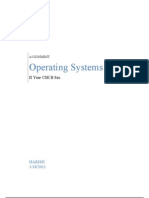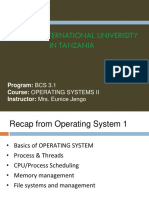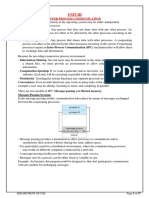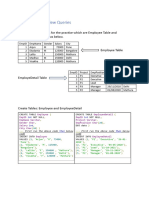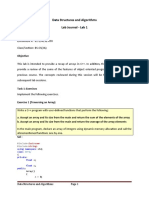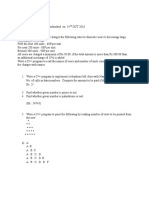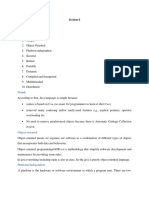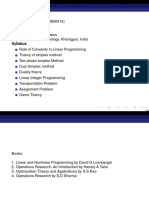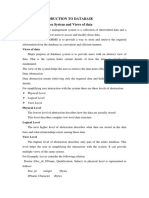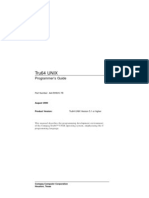0% found this document useful (0 votes)
136 views45 pagesOperating System CSET209: Inter Process Communication (Ipc)
The document discusses various mechanisms for inter-process communication (IPC). It describes two main categories of IPC - shared memory and message passing. Shared memory allows processes to directly read and write to the same region of memory, making it very fast but requiring synchronization. Message passing involves processes communicating by sending and receiving messages, with the operating system handling synchronization. Common message passing techniques discussed include message queues, pipes, signals, and sockets. The document provides details on how each technique works and its advantages/disadvantages.
Uploaded by
xpershanCopyright
© © All Rights Reserved
We take content rights seriously. If you suspect this is your content, claim it here.
Available Formats
Download as PDF, TXT or read online on Scribd
0% found this document useful (0 votes)
136 views45 pagesOperating System CSET209: Inter Process Communication (Ipc)
The document discusses various mechanisms for inter-process communication (IPC). It describes two main categories of IPC - shared memory and message passing. Shared memory allows processes to directly read and write to the same region of memory, making it very fast but requiring synchronization. Message passing involves processes communicating by sending and receiving messages, with the operating system handling synchronization. Common message passing techniques discussed include message queues, pipes, signals, and sockets. The document provides details on how each technique works and its advantages/disadvantages.
Uploaded by
xpershanCopyright
© © All Rights Reserved
We take content rights seriously. If you suspect this is your content, claim it here.
Available Formats
Download as PDF, TXT or read online on Scribd
/ 45










